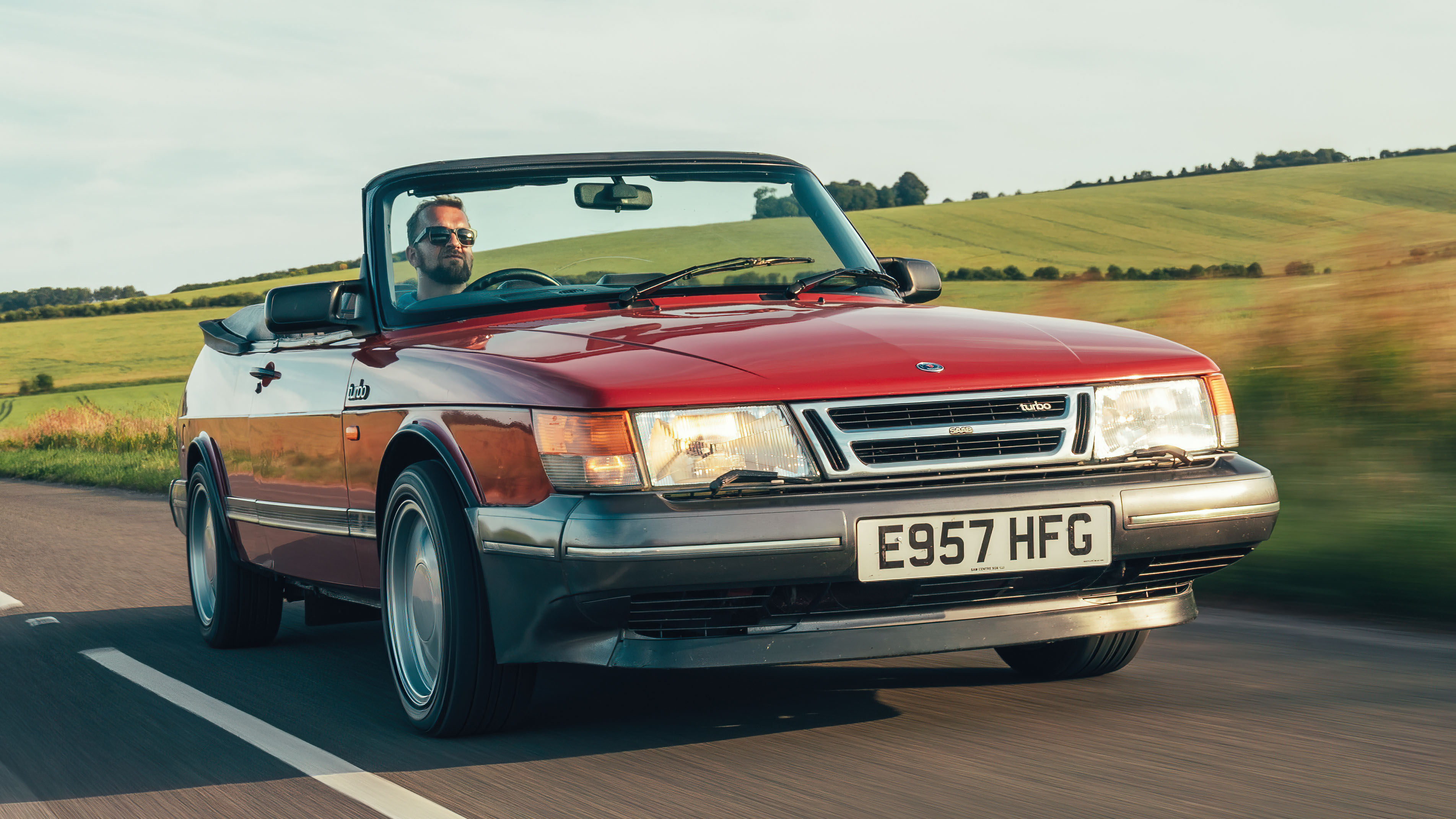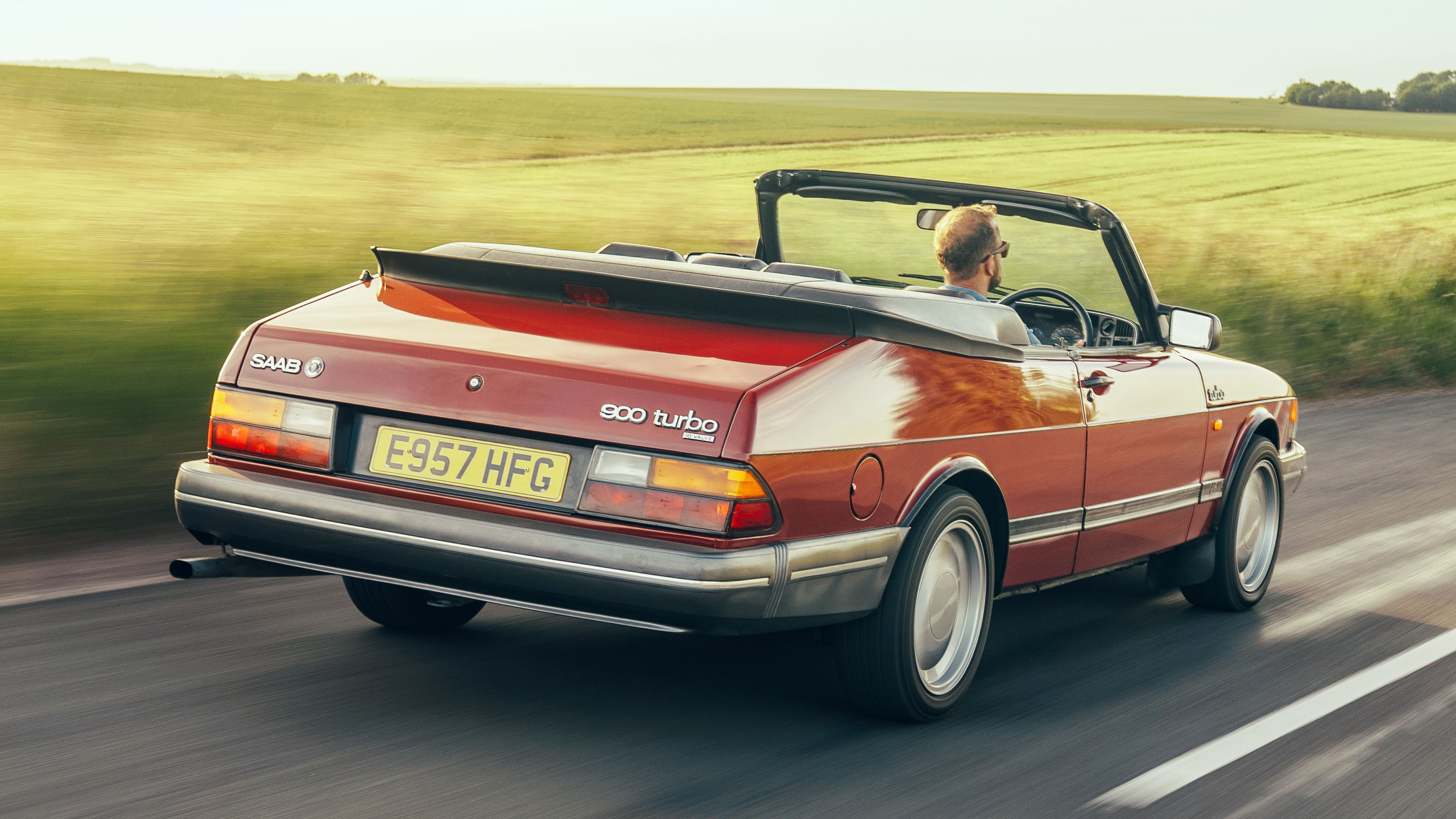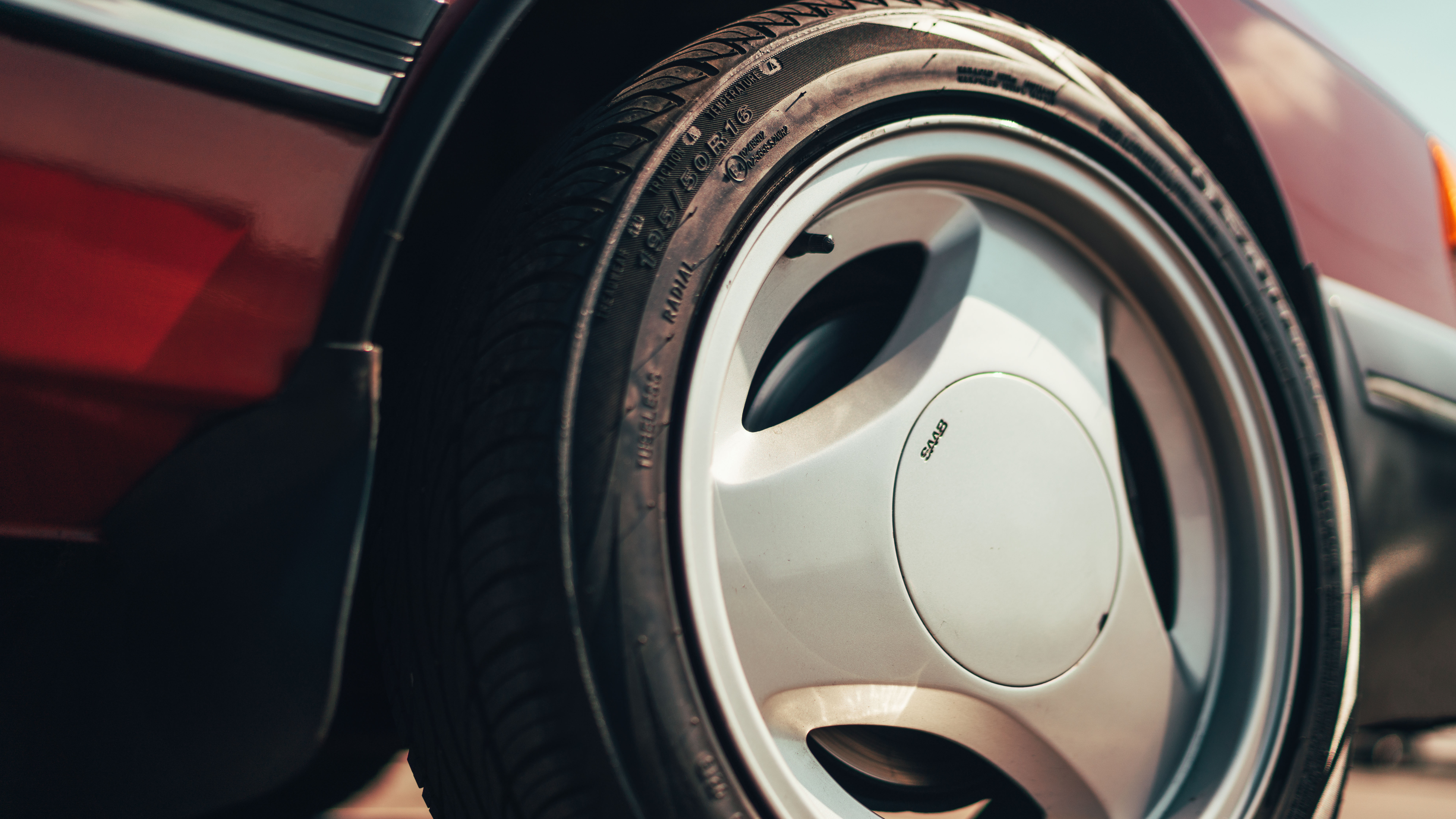
What’s the most Saab car in the back catalogue?
Of all the good things Saab did, it was the 900 - and specifically the Turbo - that really put it on the map
Few cars establish your credentials as quickly as the 900 – drive one and people immediately have the measure of you. To be fair, the 900 did the same thing for Saab itself, lifting the company up a notch in terms of premium sophistication and style. It was designed by Björn Envall, the company’s doughty design chief who sat in the chair for 24 years, literally shaping the company’s icons. The 900 became the ultimate Saab, the one that people immediately associate with the Swedish carmaker.
The making of the 900 legend was cemented in 1979, when the Turbo version arrived. It got distinctive three-spoke alloys, discreet badging and some styling tweaks to let other road users know they were dealing with a baller. Turbos are stuck in everything now, so it’s hard to imagine how left-field the tech was when Saab first tried to foist it off on the unsuspecting public – but it was a left-field carmaker and the tech was a good fit – in fact the world is poorer for not having a Saab-style carmaker in it during this current era of technological changeover.
The turbo boosted power in the 2.0-litre inline four from 99bhp to 143bhp, but would reach as high as 173bhp by the time the 16-valve version of the engine was released in 1984, enabling a 134mph top speed.
Let’s list some of the other quirks of the car – a longitudinal engine mounted backwards and on a 45° incline with the gearbox underneath, double wishbone front and beam axle rear suspension (that front setup was lauded for how it made the 900 a surprisingly sharp steer, despite all that power going through the front wheels), a handbrake that operated the front wheels until 1988 and Saab’s signature centrally mounted ignition.
On the other hand, the hatchback offered a 610-litre boot capacity, which made it an eminently sensible choice, and the cockpit (it was inspired by jets after all) was designed by Saab engineers to prioritise the most essential instruments within the driver’s line of sight as well as offering a wide curved windscreen for great visibility, making it a comfortable and efficient work environment.
There was a little family of 900s available – a hatchback that came with three or five doors, and a similarly equipped saloon version. Later in the car’s life a convertible option was offered, and coachbuilder Nilsson built two estates for discerning clients. Saab actually built a prototype 900 estate in the early Eighties, but decided demand wasn’t enough to justify it.
You may not get a chance to own or even drive a 900, but if nothing else we’d recommend popping over to YouTube and watching Tony Scott’s 1983 ad for the 900, where it races a Saab fighter jet down a shimmering runway, accompanied by the slogan “Nothing on Earth comes close”. You can smell the fuel and feel the heat, it’s not for nothing that Scott won the directing gig for 1986’s Top Gun off the back of it.
Top Gear
Newsletter
Thank you for subscribing to our newsletter. Look out for your regular round-up of news, reviews and offers in your inbox.
Get all the latest news, reviews and exclusives, direct to your inbox.
Trending this week
- Car Review
BMW iX3










